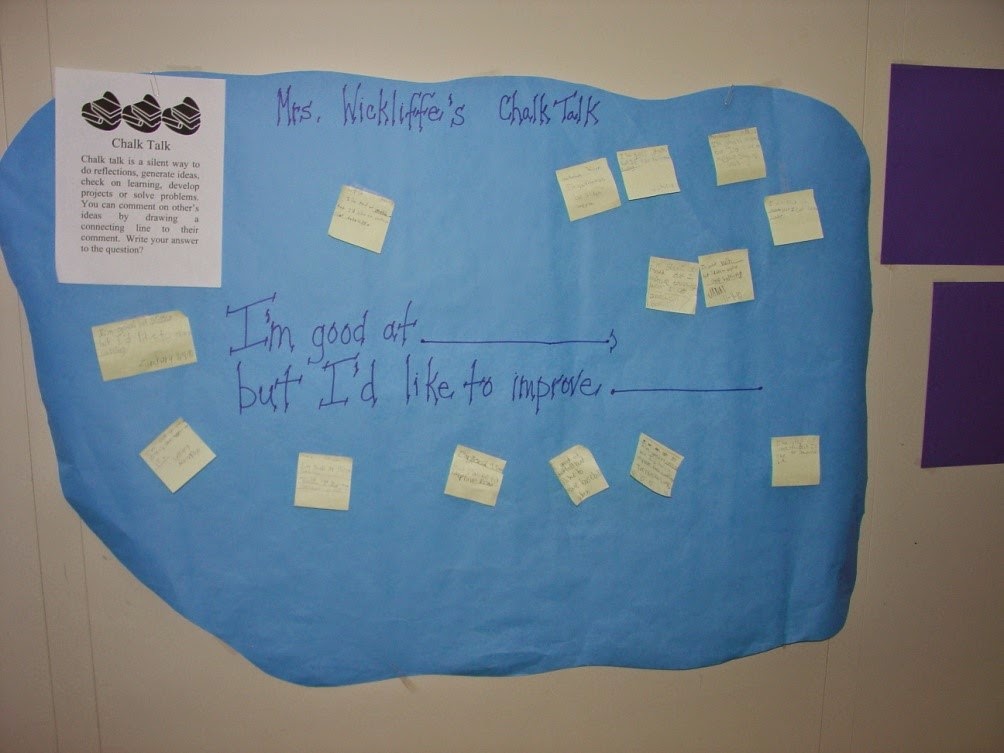The Interactive Student Notebook is a cornerstone in many Social Studies classes. I have used an Interactive Student Notebook since 1998 and could not imagine teaching without one! There are many different components of what makes a notebook successful – everything from the intent (process vs. product) and the nitty gritty details that often scare teachers (managing the notebook). Don’t let them frighten you away from a successful teaching and learning tool!
The first question you should ask yourself is: Why an Interactive Student Notebook? Here are my top reasons why!
If you have seen other teacher’s Interactive Student Notebooks, you might feel intimidated! They flip! They fold! They wash dishes! But don’t let advanced Interactive Student Notebooks scare you away. There are key components of an Interactive Student Notebook (ISN)…
For me, the first decision you have to make when trying an ISN is practical – how are the students going to make it? There are many different materials required, but the most basic is the notebook itself. That is a personal decision – what best meets the needs of your students? Is the the super cheap 60 page spiral? Do you need a monster 350 page mega spiral? My personal favorite is the composition notebook. It is durable and will last for many years!
Here are a list of other materials you may need:
Once you have decided on the base and materials for your notebook, you need to build time in your schedule for making it work! No matter the grade level, I would start out the year teaching my students about the ISN and allowing time for students to personalize it. Some teachers may view this as a “waste of time”, but you are allowing students to build ownership into the notebook – an essential element that makes it work!
The remaining aspects of a notebook are all up to you! How do you want to manage it? You could add a Table of Contents… truth is I spent YEARS! trying to figure out how I wanted to do this. I felt it was important, but couldn’t figure out how to maintain it. The key to getting the table of contents to work is time. If you don’t give it to the kids, they won’t find time to do it on their own.
Unit pages are more than pretty dividers in your notebook – they can be used as a preview or review of the unit, depending on your goals. You can have students skim the chapter and create images of what they think they will be learning about -or- leave a page blank and have them go back and summarize what they have learned.
Vocabulary is a key part of Social Studies instruction – put those important academic terms in the Interactive Student Notebook!
I hope you enjoy your Interactive Student Notebook. I know I do!







